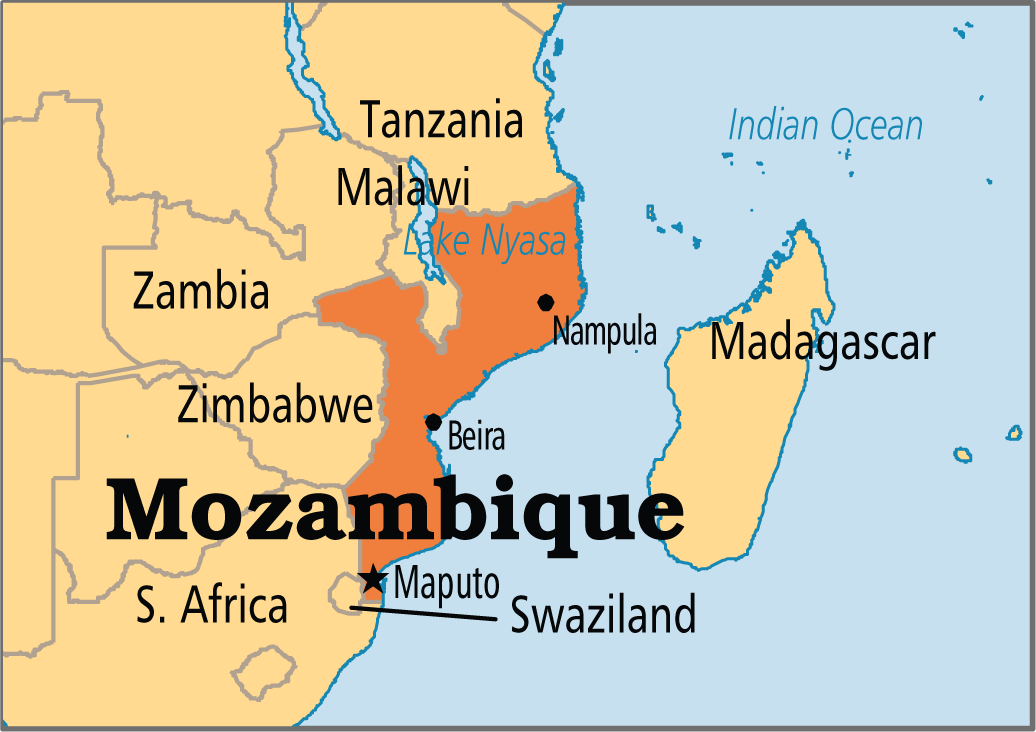Geography
Cyclone Idai
- 16 Mar 2019
- 3 min read
Recently the Cyclone Idai has hit the port city of Beira in Mozambique.
- Mozambique has been struck by severe cyclones in the past, including Eline in 2000, when 350 people died and 650,000 were displaced across the region.
- According to the Global Facility for Disaster Reduction and Recovery (GFDRR), Mozambique is the third most at-risk country in Africa when it comes to extreme weather.
- The cyclone has been named by Zimbabwe.
Global Facility for Disaster Reduction and Recovery
- GFDRR is a global partnership that helps developing countries better understand and reduce their vulnerability to natural hazards and climate change.
- GFDRR was established in September 2006 as a global partnership of the World Bank, UN agencies and bilateral donors, located in World Bank headquarters in Washington, DC.
- Its missions are:
- to mainstream disaster reduction and climate change adaptation (CCA) in country development strategies, and
- to foster and strengthen global and regional cooperation among various stakeholders under the International Strategy for Disaster Reduction (ISDR) system.
- GFDRR contributes to the implementation of the Sendai Framework for Disaster Risk Reduction by helping countries to integrate disaster risk management and climate change adaptation into development strategies and investment programs and recover from disasters quickly and effectively.
Tropical Cyclone
- Cyclone is the formation of very low-pressure system with very high-speed winds revolving around it. Factors like wind speed, wind direction, temperature and humidity contribute to the development of cyclones.
- Before cloud formation, water takes up heat from the atmosphere to change into vapour. When water vapour changes back to liquid form as raindrops, this heat is released to the atmosphere.
- The heat released to the atmosphere warms the air around. The air tends to rise and causes a drop in pressure. More air rushes to the centre of the storm. This cycle is repeated.
- Since Hurricanes derive their energy from heated seawater which can be prevented by presence of upper-level-winds that disrupt the storm circulation forcing it to lose its strength.




